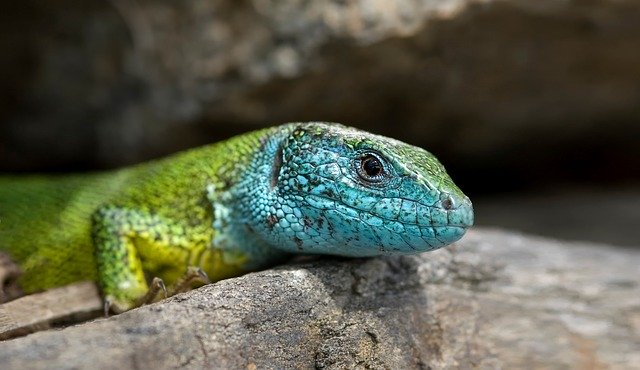
Salamanders are one of those exotic creatures that have caught the fancy of people who have a penchant for extraordinary pets. Although they may look like lizards (reptiles), salamanders are actually amphibians, like frogs. Although they don’t bite, salamanders are not good for petting and handling. Because they have delicate and sensitive skin, salamanders are best appreciated in their containers as the oils and salts from our hands may contaminate their skin and cause infections. Some species also secrete certain toxins that may cause skin irritation to their human owners.
Salamander species that are popular as pets range from 1 inch to 5 feet in length. Because they are small, salamanders can be easily shipped for trading or selling. Shipping this creature may be a simple task but proper packing procedure must be observed to ensure that the animal arrives alive and healthy. Here are some tips on how to ship a salamander.
Ship salamanders in deli-cups with a few holes on the lid. Use a pin or needle to prick the holes.
Place some damp moss (sphagnum) inside the deli-cup. Fill the cup with moss, just leaving enough space for the salamander and prevent it from moving around the container.
You may use damp paper towels or shredded sponges in place of moss.
Put the lid on and secure with tape so it won’t pop out.
In a small shipping box that can accommodate the deli-cup, put a layer of crumpled up paper in the bottom. Lay the sealed deli-cup on top of the paper and fill the remaining space with more crumpled paper.
Wrap an ice pack in newspaper and place it on one side of the box. If it is really cold outside, don’t freeze the ice pack. If it is warm or hot, use a frozen ice pack.
Close the box and secure with packaging tape.
Address and label the package and take to a shipping company or post office and pick the quickest shipping option.
